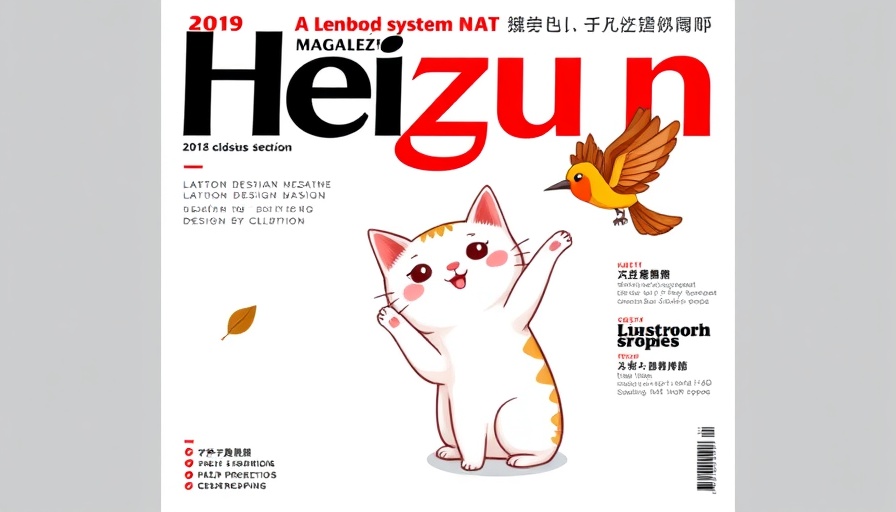
Unpacking Localization for Design Systems in Today's Global Landscape
As our digital world continues to expand and intertwine, the importance of designing user experiences that cater to a global audience has never been more crucial. An insightful case study from designers Rebecca and Mark, who work with SAS’s Filament Design System, reveals essential strategies for integration of localization into design systems. This article delves into their challenges and triumphs as they devised a localization-ready design system using tools like Figma Variables and design tokens.
What is Localization and Why is It Important?
Localization (L10n) involves adapting a product or content to fit different languages and cultures. It’s not just a matter of translation. For example, consider how a word’s length differs based on language; German might require more space than English. Moreover, for languages that read right-to-left (RTL) like Arabic, the layout must entirely flip to create a seamless user experience. By anticipating these needs right from the design stage, developers and designers can avoid frustrating pitfalls later on.
Embracing Figma's Power: A Game Changer for Multilingual Design
Thanks to Figma Variables and the innovations in design tokens, integrating localization into design systems is now more achievable than ever. Imagine a design that automatically adapts to not just the language but also the cultural context of the user. This allows designers to test multilingual capabilities in real-time, creating exciting and dynamic experiences for users worldwide.
Lessons from the Field: Custom Solutions to Common Localization Challenges
Rebecca and Mark encountered a few bumps on their journey—Figma’s limitations presented substantial roadblocks. They discovered the absence of robust documentation regarding localization. In response, they crafted tailored solutions to overcome typography management across different locales and ensure responsive layouts. Their reflections serve as a valuable guide for other designers navigating similar choppy waters.
Tools and Techniques for Localization: Your Design System Essential Kit
Designers looking to enhance their systems should equip themselves with a few essential tools and methods. Start by leveraging design tokens to standardize font sizes and spacing universally across all languages. Implementing CSS variables can help manage styles more effectively. Lastly, keep accessibility in mind—ensuring that your designs do not just cater to different languages but also to various abilities.
The Future of Design: Emerging Trends in Localization
As technology evolves, so will our approach to design, tailoring experiences that resonate with diverse audiences. The rise of AI-driven localization tools promises to automate many aspects of this integration, further bridging gaps in the user experience. Soon, even smaller teams will be able to craft global-ready designs effortlessly.
Embracing a Global Audience: Practical Steps for WordPress Users
For WordPress users, understanding and implementing localization can significantly enhance user engagement and reach. Plugging into global audiences begins with using themes that support multilingual capabilities. Tools like WPML (WordPress Multilingual Plugin) easily integrate localization processes, ensuring your design reflects world languages and cultures. Consider not just users from different countries but also users from different vernacular backgrounds—this can make your brand resonate more universally.
Getting Started: Actionable Insights For Your Next Project
Incorporating localization into your design systems doesn’t have to be daunting. Start small by researching common design issues arising in different languages. Gather feedback from diverse user groups to inform your processes. Plan for periodic reviews focused on international user feedback; this will refine your designs over time, keeping them relevant and accessible around the globe.
Localization is not merely a checkbox—it's a pivotal strategy. By embedding it into your design system, you’re not only enhancing usability but also empowering diverse audiences to connect with your work at a deeper level. So ignite your creative sparks and expand your horizons!
 Add Row
Add Row  Add
Add 




 Add Row
Add Row  Add
Add 

Write A Comment